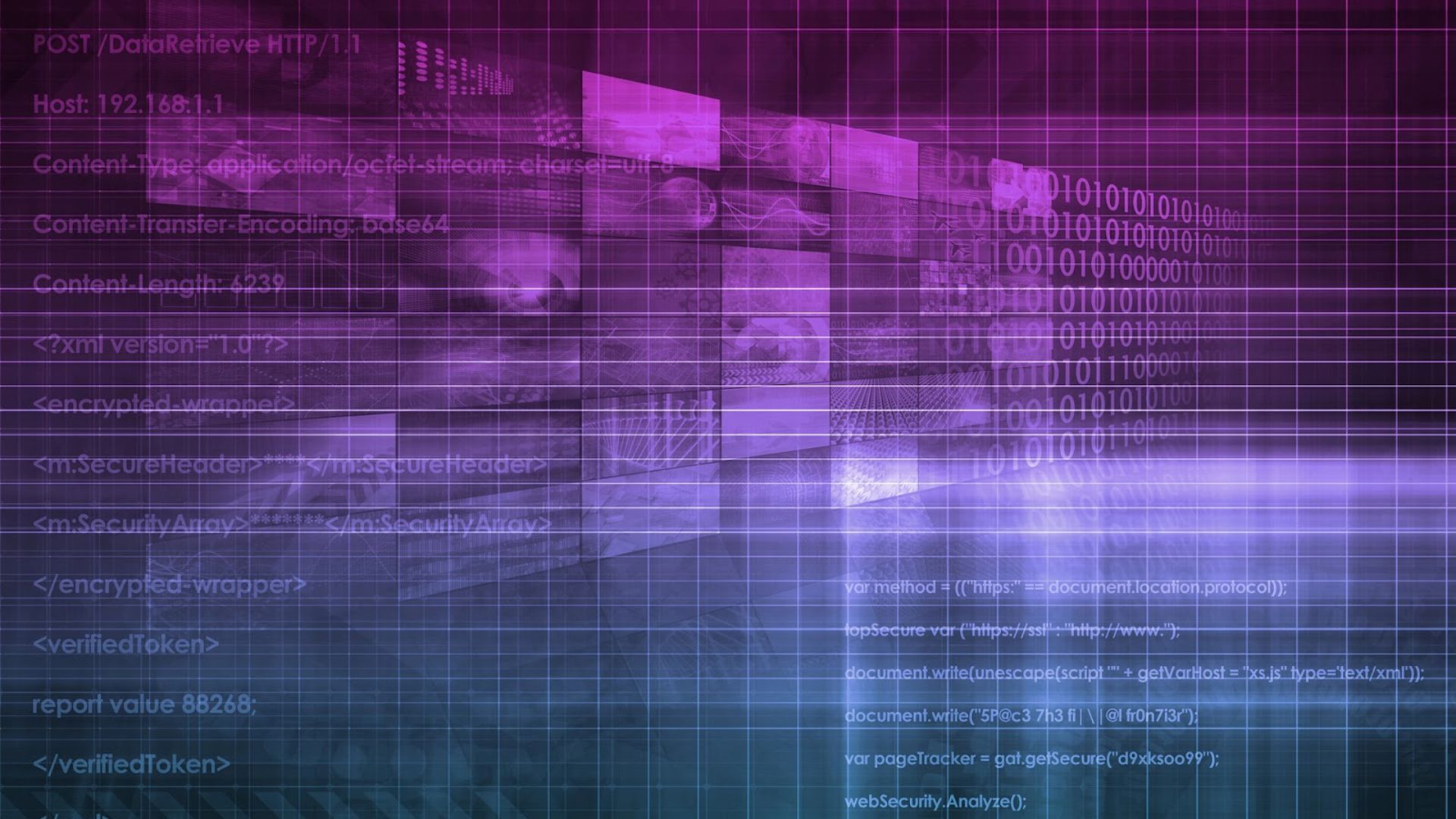Source: Depositphotos
Layer 1 blockchain Supra has unveiled its latest developer product with the promise of shaking up the dApp landscape. Supra containers act as modules that guarantee exclusive block space to specific dApps, heralding an end to on-chain congestion and scaling issues.
A dedicated space for hungry Dapps
Popular decentralized applications (dApps) consume significant on-chain resources such as storage and compute. This can be a high cost for developers, who are burdened with subsidizing these costs or passing them on to users. In the worst case, demand on the L1 and L2 chains could affect all users, and the popularity of a single dApp could cause the entire chain to crash. This is the problem that Supra is trying to solve through containers.
Supra is not aiming to attract more developers to build high-throughput L1. We believe that containers could signal the end of L3 and AppChain as current solutions for developers who do not want to be held hostage to blocks. space. It will take time to see if this prediction comes true, but containers present a new solution to the scalability problem that has plagued blockchain designers for years.
What’s inside the Supra container?
Supra containers can be thought of as individual blockchains that run on the existing chain, Supra. This allows developers to customize parameters such as dedicated compute or execution space without having to worry about maintaining the blockchain. If you want, you can set the terms you want, including the default token economy, and then deploy.
The advantage for developers is not only that they can essentially create their own plug-and-play chains without the disadvantages of operating their own network, such as security and maintenance tasks. One of the cool things about the Supra container is that it is completely configurable and can be slotted in with other Supra containers. Think of them as containers stacked side by side on Supra’s L1 container ships, benefiting from the shared security of a mothership.
Certain aspects of containers, such as custom tokens and resource allocation, operate as walled gardens, while other aspects, such as access to on-chain liquidity, are shared across the network. This means that dApps can take advantage of all the good things about public blockchains without the downsides.
Tools and Tokens Inside
Supra containers have the potential to help developers create powerful dApps without being encumbered by auxiliary tasks such as monitoring fees, network traffic, and storage availability. At the same time, each container contains some mod disadvantages. Container occupants have access to tools such as oracle price feeds, verifiable randomness, and cross-chain communication. For example, if you want to build a gaming dApp, you can do so without having to integrate your own RNG.
Cryptocurrency is full of metas, new trends and narratives, and containers have the potential to become another meta if they gain popularity. Or rather, a meta within a meta. This is because each container is envisioned to be its own ecosystem that can sustain life on-chain without being influenced by other on-chain users. This is essentially a bull case for Supra Containers.
Disclaimer: This article is provided for informational purposes only. It is not provided or intended to be used as legal, tax, investment, financial or other advice.
Investment Disclaimer

